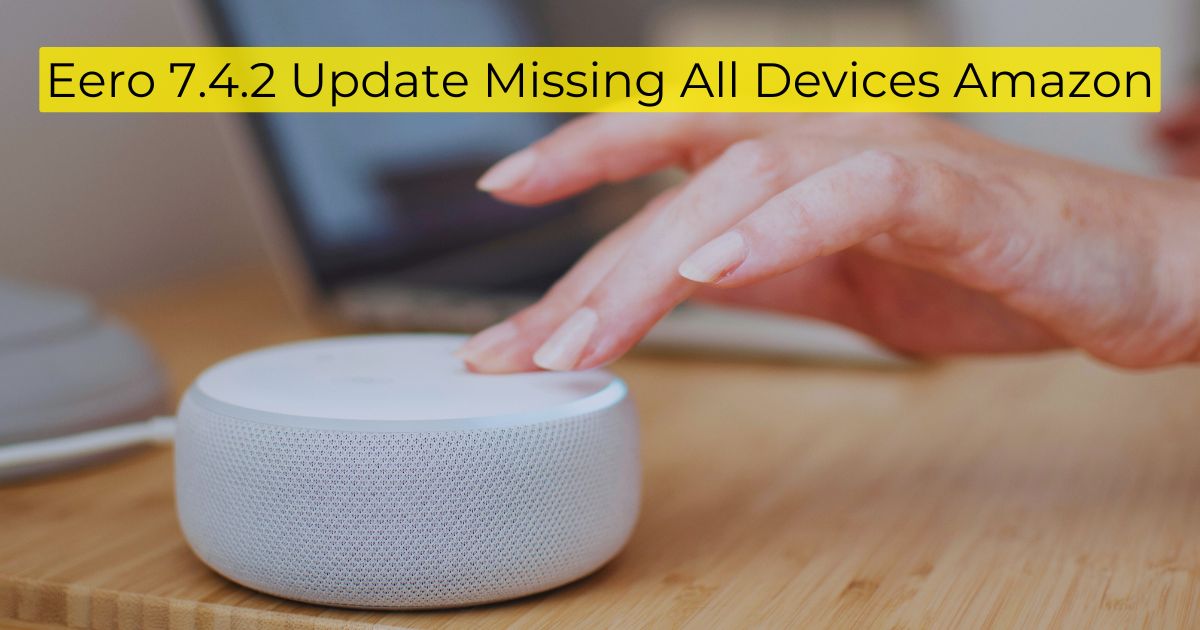Low water pressure in kitchen sink can be a frustrating issue that impacts your daily routine. When you experience Low water pressure in kitchen sink and turn on the faucet only to find a weak or inconsistent flow, it not only hinders your ability to perform tasks efficiently but can also signal underlying plumbing problems. Addressing this issue promptly is essential to restore convenience and prevent further complications. Understanding the causes and solutions for Low water pressure in kitchen sink can empower you to take action, whether through simple DIY fixes or by seeking professional help. This guide will explore various approaches to resolving low water pressure, offering practical advice to ensure your kitchen sink functions optimally.
Understanding the causes and solutions for low water pressure can empower you to take action, whether through simple DIY fixes or seeking professional help. This guide will explore various approaches to resolving low water pressure, offering practical advice to ensure your kitchen sink functions optimally.
Understanding Low Water Pressure
What Causes Low Water Pressure in Kitchen Sink?
Low water pressure in kitchen sink can stem from several factors, each requiring a different approach to resolve. One common cause is a blocked aerator, a small screen located at the end of the faucet spout. Over time, debris such as mineral deposits and sediment can accumulate, restricting water flow. Cleaning or replacing the aerator can often restore normal pressure.
Another potential cause is clogged supply lines. These pipes, which deliver water from your home’s main supply to the faucet, can become obstructed due to mineral buildup or other blockages. Addressing clogs in supply lines involves inspecting and cleaning the pipes to ensure smooth water flow.
Faulty faucet valves can also contribute to low water pressure. The valves control the flow of water through the faucet and can malfunction over time, leading to reduced pressure. Repairing or replacing these valves may be necessary to resolve the issue.
Signs You Have Low Water Pressure in Your Kitchen Sink
Recognizing the signs of low water pressure is crucial for timely intervention. One of the most noticeable indicators is a reduced flow of water from the faucet. If you observe that the water trickles or comes out weakly, it suggests a problem with pressure.
Uneven water distribution is another sign. If the water flow is inconsistent, with some areas of the sink receiving less pressure than others, it may indicate a blockage or other issue within the plumbing system.
Discolored or dirty water can also signal problems. When water pressure is low, sediment and debris can become more apparent, leading to discoloration or a cloudy appearance. This can be a sign of buildup in the pipes or a malfunctioning faucet.
DIY Solutions
How to Check the Aerator for Blockages
The aerator is a small but crucial component of your kitchen sink faucet. To check for blockages, start by removing the aerator from the faucet spout. This can usually be done by hand or with a wrench if it’s tightly secured. Once removed, inspect the aerator for any visible debris or buildup.
A blocked aerator often shows signs of mineral deposits or other obstructions. Rinse the aerator under running water to dislodge any loose debris. For stubborn blockages, soak the aerator in a mixture of vinegar and water for several hours to dissolve mineral deposits. After cleaning, reattach the aerator and test the water flow to see if the pressure has improved.
Cleaning the Aerator to Improve Water Pressure
Cleaning the aerator is a straightforward process that can significantly enhance water pressure. Begin by disassembling the aerator into its individual parts, including the screen and the mesh. Use a brush or a small wire to scrub away any debris or mineral buildup.
If soaking in vinegar doesn’t fully clean the aerator, you may need to use a mild cleaning solution to remove stubborn deposits. After cleaning, rinse all parts thoroughly and reassemble the aerator. Secure it back onto the faucet spout, ensuring that it is tightly fitted. Test the faucet to check if the water pressure has returned to normal.
Inspecting and Clearing Clogged Supply Lines
Clogged supply lines are a common cause of low water pressure. To inspect these lines, first, turn off the water supply to the sink. Then, disconnect the supply lines from the faucet and the water source. Check for any visible blockages or buildup inside the pipes.
If you identify clogs, you can use a pipe cleaner or a plumber’s snake to remove the obstruction. In cases where mineral buildup is severe, consider using a descaling solution to dissolve deposits. Once the lines are clear, reattach them and turn the water supply back on to test for improved pressure.
Fixing Faulty Faucet Valves
Faulty faucet valves can restrict water flow, leading to low pressure. To address this issue, start by turning off the water supply and removing the faucet handle. Inspect the valve for any signs of damage or malfunction.
If the valve is damaged, it may need to be replaced. You can find replacement valves at most hardware stores. Ensure that the new valve is compatible with your faucet model. Install the new valve by following the manufacturer’s instructions, and reassemble the faucet. Turn the water supply back on and test the pressure to ensure the issue is resolved.
Checking for Leaks in the Plumbing System
Leaks in the plumbing system can contribute to low water pressure. To check for leaks, inspect all visible pipes and connections for signs of water damage or drips. Pay close attention to joints and fittings, as these areas are common sources of leaks.
If you detect a leak, you can often repair it with plumber’s tape or a pipe repair kit. For more significant leaks, it may be necessary to replace damaged sections of pipe. Once repairs are complete, test the water pressure to ensure that it has improved and that there are no additional leaks.
Also Read: American Cockroach vs German Cockroach
Advanced Solutions
When to Consider Replacing the Faucet
If simple fixes do not resolve the low water pressure issue, it may be time to consider replacing the faucet. Faucets can wear out over time, leading to reduced water flow. Look for signs such as persistent low pressure, frequent leaks, or difficulty controlling the water flow.
When choosing a new faucet, consider models designed for high water pressure to ensure better performance. Also, ensure that the new faucet is compatible with your sink and plumbing setup. Installation of a new faucet typically involves removing the old faucet, positioning the new one, and securing it in place.
Upgrading to a High-Pressure Faucet
Upgrading to a high-pressure faucet can be an effective solution for low water pressure. These faucets are designed to enhance water flow and provide a stronger, more consistent stream. They often feature advanced technology to improve performance and efficiency.
When selecting a high-pressure faucet, look for features such as adjustable spray patterns and durable construction. Installation typically involves replacing the existing faucet with the new one, ensuring that all connections are secure. Once installed, test the faucet to verify that it delivers improved water pressure.
Installing a Water Pressure Booster
A water pressure booster can address low water pressure issues by increasing the pressure in your plumbing system. These devices are installed between the main water supply and the faucet, boosting the water flow to the sink.
To install a water pressure booster, follow the manufacturer’s instructions for placement and connection. Ensure that the device is properly fitted and that all connections are secure. After installation, turn on the water supply and test the booster to confirm that it enhances the water pressure.
Checking and Adjusting the Home Water Pressure Regulator
The water pressure regulator controls the overall pressure in your home’s plumbing system. If the regulator is malfunctioning, it can lead to Low water pressure in kitchen sink. To check the regulator, locate it near the main water supply line and inspect it for any visible issues.
Adjusting the regulator typically involves turning a screw or dial to increase the pressure. Refer to the manufacturer’s instructions for specific adjustment procedures. After making adjustments, test the water pressure at the kitchen sink to ensure that it has improved.
Professional Help
When to Call a Plumber for Low Water Pressure Issues
While many low water pressure issues can be resolved with DIY solutions, some situations require professional assistance. If you have tried various fixes without success, or if you encounter complex plumbing problems, it may be time to call a plumber.
A professional plumber can diagnose underlying issues that may not be immediately apparent, such as hidden leaks or damaged pipes. They have the expertise and tools to address these problems effectively and ensure that your water pressure is restored.
Choosing the Right Plumbing Service
When selecting a plumbing service, look for reputable companies with positive reviews and experienced technicians. Ask for recommendations from friends or family, and verify that the plumber is licensed and insured.
Before hiring a plumber, discuss the issue and obtain a detailed estimate of the costs involved. This will help you make an informed decision and avoid unexpected expenses. Once you choose a plumber, ensure that they communicate clearly and address all your concerns.
Preventative Measures
Maintaining Your Kitchen Sink to Prevent Low Water Pressure
Regular maintenance can help prevent low water pressure issues in your kitchen sink. Establish a routine for cleaning the aerator and inspecting the faucet for any signs of wear or damage. This will help ensure that your faucet remains in good working condition and that water pressure is maintained.
Additionally, keep the sink area clean and free of debris that could obstruct water flow. Regularly check the supply lines and connections for any signs of leaks or blockages. By staying proactive with maintenance, you can reduce the likelihood of encountering low water pressure problems.
Tips for Avoiding Common Plumbing Issues
To avoid common plumbing issues that can affect water pressure, practice good habits such as avoiding the use of harsh chemicals that can damage pipes. Be mindful of what goes down the sink, and use drain screens to prevent debris from clogging the plumbing system.
Regularly inspect your plumbing system and address any minor issues before they become major problems. This proactive approach can help you maintain optimal water pressure and prevent the need for costly repairs.
Conclusion
Addressing low water pressure in your kitchen sink involves understanding the potential causes and implementing effective solutions. From checking and cleaning the aerator to inspecting supply lines and replacing faulty valves, there are several steps you can take to improve water flow.
If DIY solutions do not resolve the issue, consider advanced options such as upgrading to a high-pressure faucet or installing a water pressure booster. For more complex problems, seeking professional help may be necessary to ensure that your plumbing system is functioning optimally.
FAQs About Low Water Pressure in Kitchen Sink
Q: What should I do if cleaning the aerator doesn’t fix the low water pressure?
A: If cleaning the aerator doesn’t resolve the issue, inspect other potential causes such as clogged supply lines or faulty faucet valves. Consider trying additional DIY solutions or seeking professional help if necessary.
Q: How can I tell if my water pressure regulator is faulty?
A: Signs of a faulty water pressure regulator include inconsistent water flow or sudden changes in pressure. If you suspect an issue, check the regulator for visible problems and consider adjusting or replacing it as needed.
Q: Can a water pressure booster solve all low pressure issues?
A: A water pressure booster can significantly improve water flow, but it may not address underlying plumbing problems such as leaks or severe clogs. Ensure that all potential causes are investigated before relying solely on a booster.
By following these guidelines and implementing the solutions outlined in this article, you can effectively address low water pressure in your kitchen sink and enhance your overall plumbing experience.










